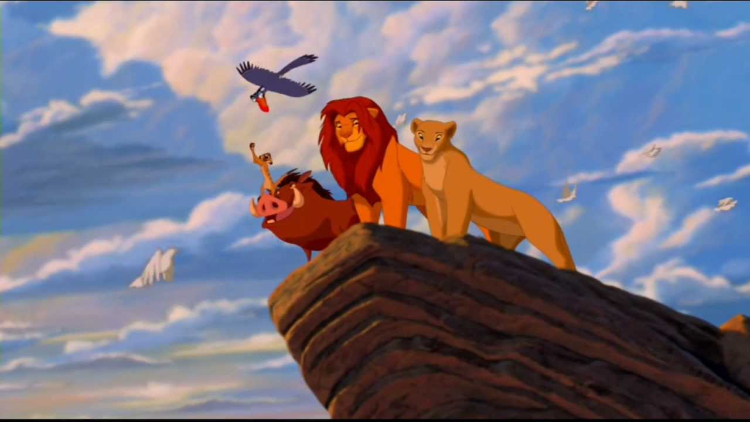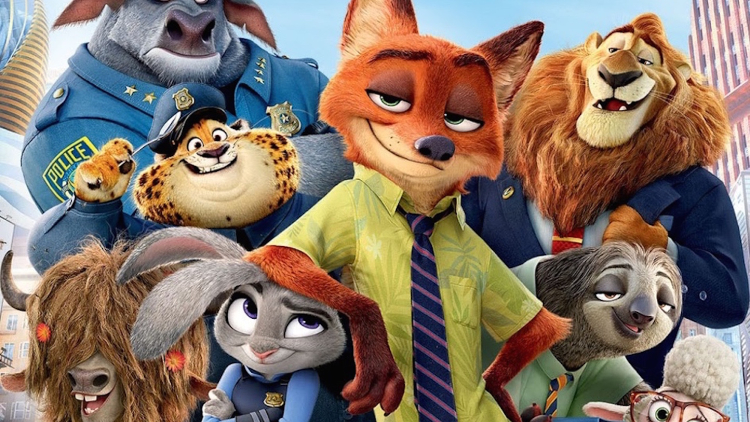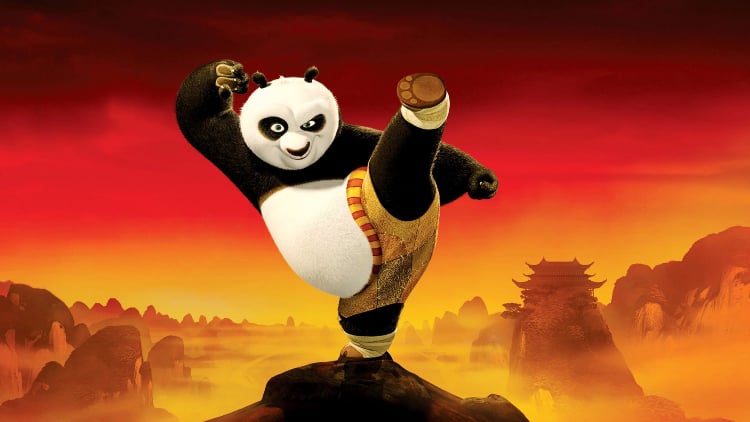Men and Beasts | Anthropomorphism in Character Animation
When the 1973 Robin Hood film was pitched at Disney, I can only assume that it went something like this:
“Okay, we want to make a Robin Hood film, so we have this idea.”
“Okay, but that’s been done before, but animated, it would be good.”
“Yeah, but Robin’s a fox.”
“Wait…what?”
“No, hear me out. I mean, yeah, it’s animated, but in this version the characters are animals.”
“Right, okay, so Robin Hood is a fox. Yeah, go with it.”
“…and Little John’s a bear.”
Anthropomorphism is defined as the attribution of human form or other human characteristics to any nonhuman object. For this article, we will focus the association between animals and their human states in animated works and how their species and design can impact the storytelling and characterisation of a character.
Taking creatures from different areas of our world and attributing these traits and qualities allows for us as an audience to empathise with the characters, find common ground and, more often than not, explore dark and deeper subject matter in a lighter tone, not necessarily explored in live action. Let us first look at both The Lion King and Finding Nemo.
Both portray very different aspects of the animal kingdom but both manage to tackle difficult subject matter: regicide and subsequent redemption, and a single father, trying to find his lost son and overcome his own paranoia and anxiety. These two have some strong messages that run much deeper than this, but through the psychological distance of its characterisation, the studios can present this subject matter to a younger audience and not have to concern itself so much with the heavy impact that real characters would place on the viewers in that situation.

Animation has come a long way to constantly incorporate humanity’s reflection of itself on to inanimate or different objects. We name cars, guitars, pets, and affect our interactions with objects through phrases such as, “that cloud looks like a face.”
Over the years, animators and writers alike have taken these personifications to new heights, attributing personality, articulating hands and emotive expressions to animalistic humanoid characters. The absence of social interaction from the viewer would create distance from the medium and cause a blatant lack of interest in the subject matter. Through myths and association, we can conjure up thoughts of an animal, automatically assign attributes and develop character from there.
Looking at Robin Hood (1973), he is a fox. Similarly we have Nick in Zootopia and Mr. Fox in Fantastic Mr. Fox. All are portrayed as sly and cunning, the anthropomorphic signifier that we as humans have placed on the species. This is often key to creating an animalistic humanoid and develop the unknown. Often however, the characters’ traits will be subverted to allow us to see an opposite such as the timid and far from sly Fox in Fox and the Hound.

An excellent example of themes being presented through an anthropomorphic state is that of Zootopia as a metaphor for prejudice. The comparison between the strict predator/prey divide is a clear social reference to the race and class struggles of the real world. By highlighting this in a film, we not only get treated to an adventurous narrative but also a compelling study into the human psyche.
Aside from this, let’s look at BRB Internacional, a Spanish company who over the years have created a number of animal-based series: Sandokan (a personal favourite); Dogtanian and the Three Muskehounds; and Around the World with Willy Fogg. Although farfetched in nature, all are adaptions of novels and earlier adaptions, adapted for a younger audience. There is a beauty in this that allows a younger viewer to branch from the animated medium to reading more books of classic literature, thanks to the appeal of the characters.
So how does anthropomorphism add to characterisation and storytelling? Kung Fu Panda, the story of a bipedal, lazy and overweight panda becoming a martial arts master. This, according to the writers, was taking the apparent traits of a real panda and creating a narrative that surrounds those characteristics, which through beautifully choreographed animation, the voice talent of Jack Black, and the pacing of the character development, allowed for a compelling adventure.

Combining that with the antagonist of Tai Lung, the snow leopard, an already visually threatening predator in the animal kingdom, allows for us to have a strong and interesting standoff where, as humans, we naturally root for the underdog, Po, but still see the humanity in Tai Lung and the rest of the animal cast.
The idea of these subversions is apparent across the board, from Looney Tunes to the Teenage Mutant Ninja Turtles to My Little Pony and can provide us with the craziest ideas, from Turbo’s racing snails to Dumbo’s flying elephant. Real world problems become animalistic versions of problems, letting us feel for the protagonists and shaping well-rounded characters.
So, how does anthropomorphism shape the characteristic narrative? Well, it takes a team of designers to really look at an animal, take everything they can, draw from it, flip it, or adapt its quirks. Animals are some of the most incredible things in our world, but at the end of the day, we are animals too, which is where our seamless transition from one form to the other – our creation of an animated world of clothed dogs – really shines.
“Also Friar Tuck is a badger….”

